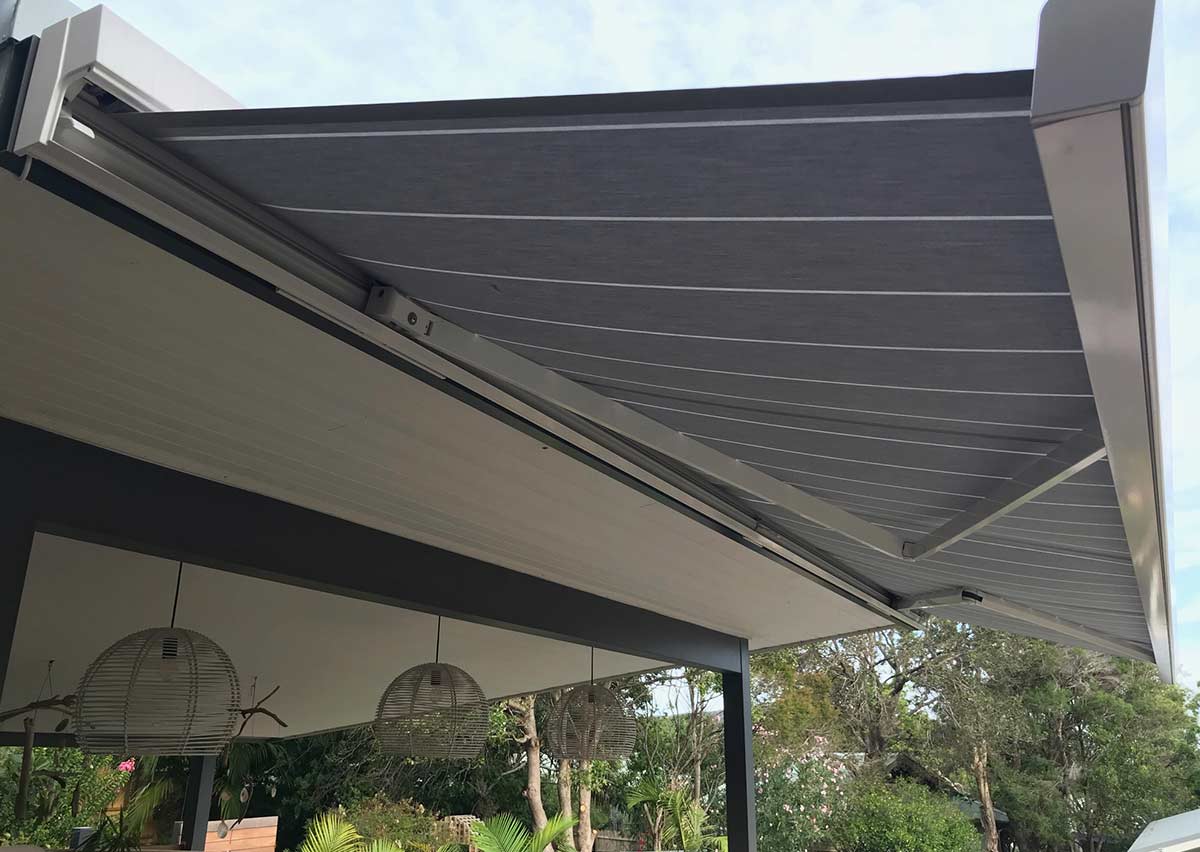Greening your house is now as important as choosing what type of flooring to have or what colour palette you will use. Eco friendly homes and the issue of sustainability has become a pivotal point of building design. By incorporating sustainable design elements you will end up saving money, increase the value of your house, improve the ‘livability’ of your home and have less impact on the environment and reduce waste.
The Building Sustainability Index (BASIX) has been developed to deliver equitable, effective water and greenhouse gas reductions across the state. Its purpose is to make all residential dwellings in New South Wales energy and water efficient.
Whenever you are renovating or building a house you must be assessed for a BASIX certificate. This assessment will measure your proposed development for sustainability against BASIX targets that are based on the NSW benchmark average. Your house must comply with these standards before a certificate can be issued. The BASIX certificate forms part of the development application you need to submit to council or the certifying authority.
The National Australian Built Environment Rating System (NABERS) is another sustainability and environmental national system that rates and measures the environmental performance of your house. By measuring the water usage, waste management and indoor environment of your building you can find out how your house rates and where you can make improvements.
By taking some simple steps to improve your energy efficiency you will not only be lessening your impact on the environment but you will also be reducing your energy bills.
Awnings Helping With Insulation
“Insulation and shading is so important,” Peter Warner from Ozsun Shade Systems advises.
Good insulation in your walls and ceilings trap the heat in the winter and keep your house cool in the summer months.
“Awnings are very effective in protecting your house and reducing air conditioning costs during the summer. According to the CSIRO Division of Building Research, installing awnings can reduce entry of solar energy by up to 80%. Modern blinds and awnings are designed with energy efficiency in mind,” Peter says.
Passive design seeks to minimise energy loss and maximise passive energy gains. Incredibly, a truly passive house needs only 10 percent of the heating and cooling needed in a traditional house.
“A key component of passive design is the positioning of blinds and awnings to optimise passive heating and cooling gains,” Peter explains.
Unprotected glass is the single main source of heat gain in a well-insulated house. The first step is to study your houses orientation to determine which parts of the house are exposed to sun and shade and when during the day.
“The angle of the sun at different times during the day on your home will determine where blinds and awnings should be positioned and what type of blind will be most efficient for your house,” says Peter.
There are other environmental features you can incorporate into your house to make it more environmentally friendly. Native gardens, changing to energy efficient lighting and installing a greywater system which recycles your household water are all easy steps to take.
Having a green house not only adds value to your house but also ends up saving you money. It has never been easier to incorporate green features into your house. Call Ozsun today for a free consultation.

